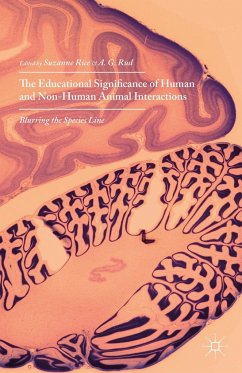
Biology concept note. A secondary school level approach
Versandkostenfrei!
Versandfertig in 6-10 Tagen
51,99 €
inkl. MwSt.

PAYBACK Punkte
26 °P sammeln!
Multi-cellular animals must monitor and maintain a constant internal environment as well respond to external environment. In many animals, these two functions are coordinated by two integrated and coordinated systems: the nervous system and the endocrine system. The Central Nervous System (CNS) is composed of the brain and spinal cord. The CNS is surrounded by bone-skull and vertebrae. Its function is to receive information, integrate and process it. CNS is the center of coordination. The CNS is enclosed and protected by meninges, a three-layered system of membranes, including a tough, leather...
Multi-cellular animals must monitor and maintain a constant internal environment as well respond to external environment. In many animals, these two functions are coordinated by two integrated and coordinated systems: the nervous system and the endocrine system. The Central Nervous System (CNS) is composed of the brain and spinal cord. The CNS is surrounded by bone-skull and vertebrae. Its function is to receive information, integrate and process it. CNS is the center of coordination. The CNS is enclosed and protected by meninges, a three-layered system of membranes, including a tough, leathery outer layer called the dura mater. The innermost membrane called the pia mater is a very delicate layer of connective tissue and capillaries. The two membranes are separated by a narrow space, the arachnoid layer, containing a network of delicate fibers. Filled with cerebrospinal fluid, the arachnoid layer cushions and protects the CNS.












